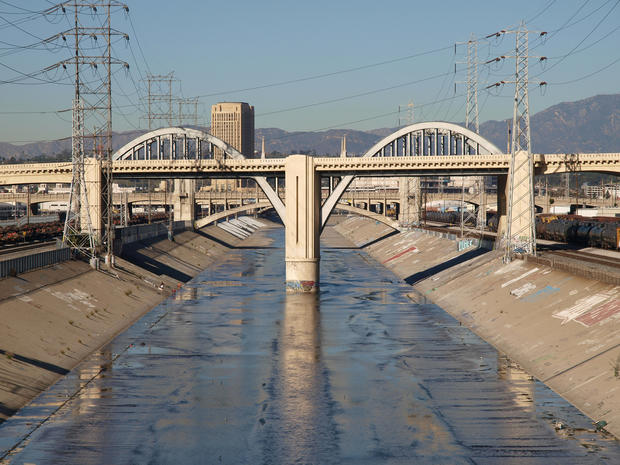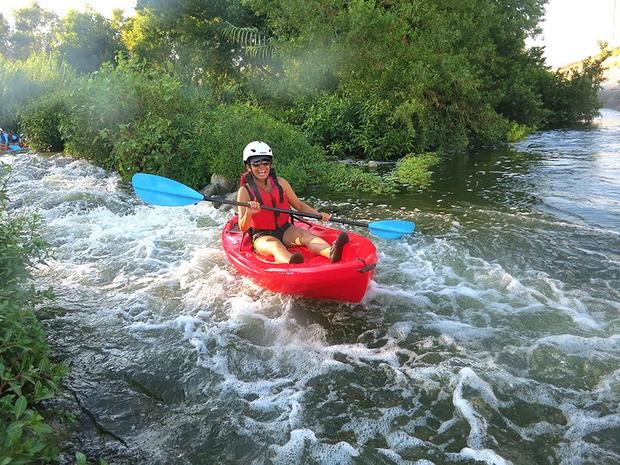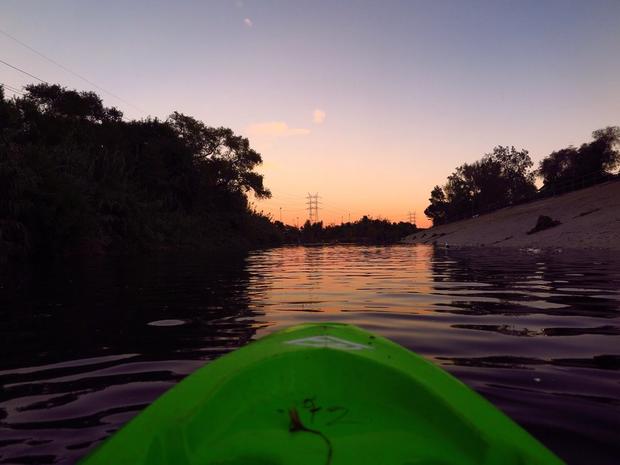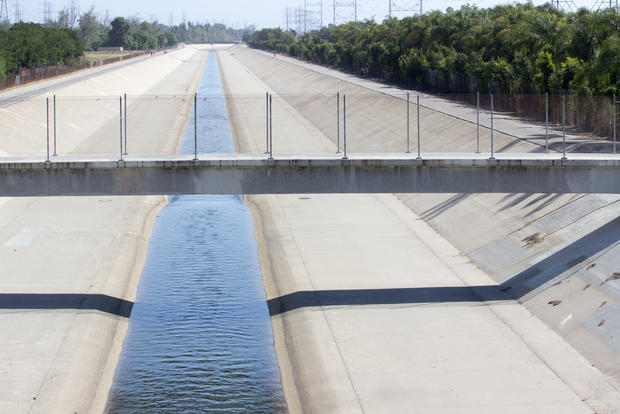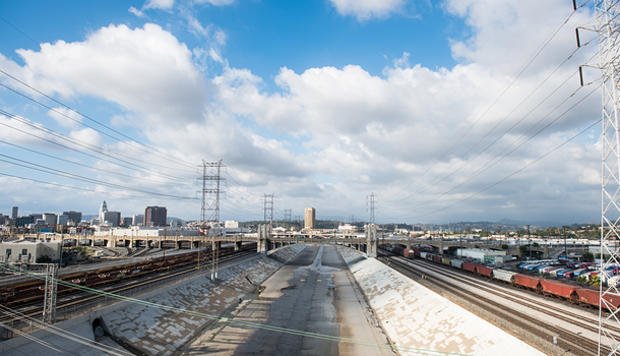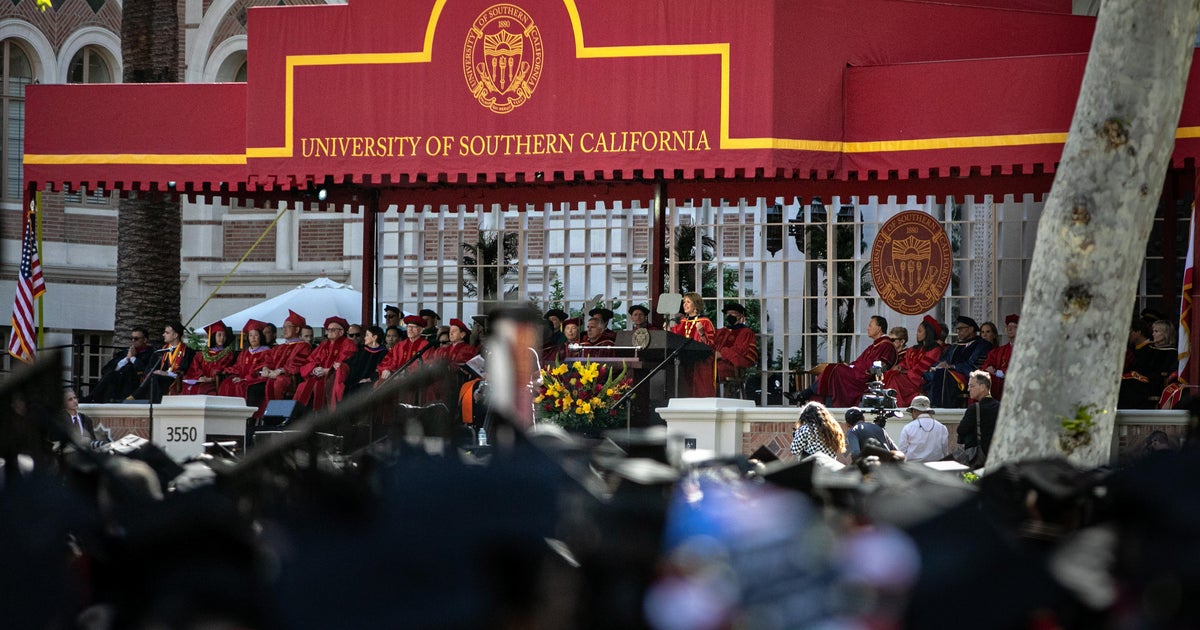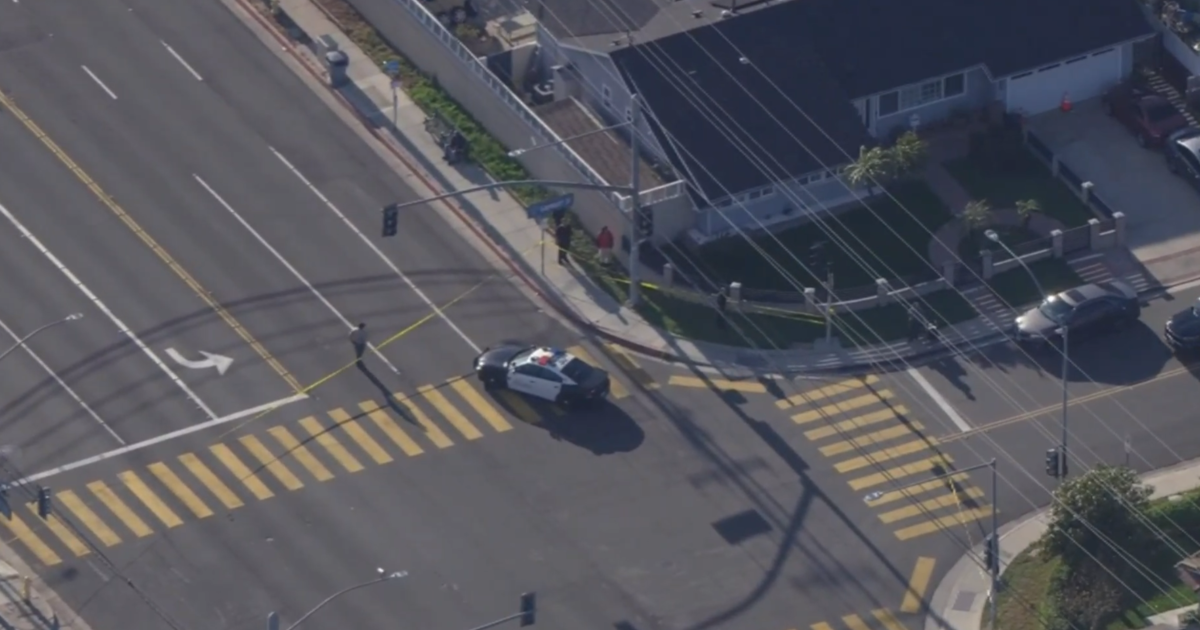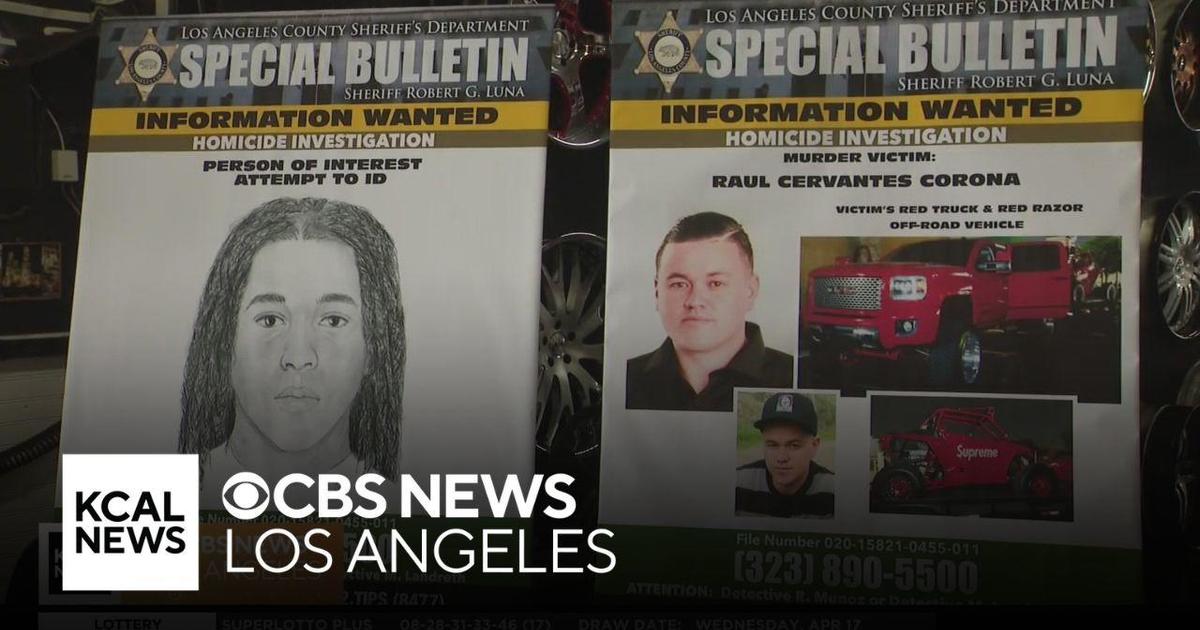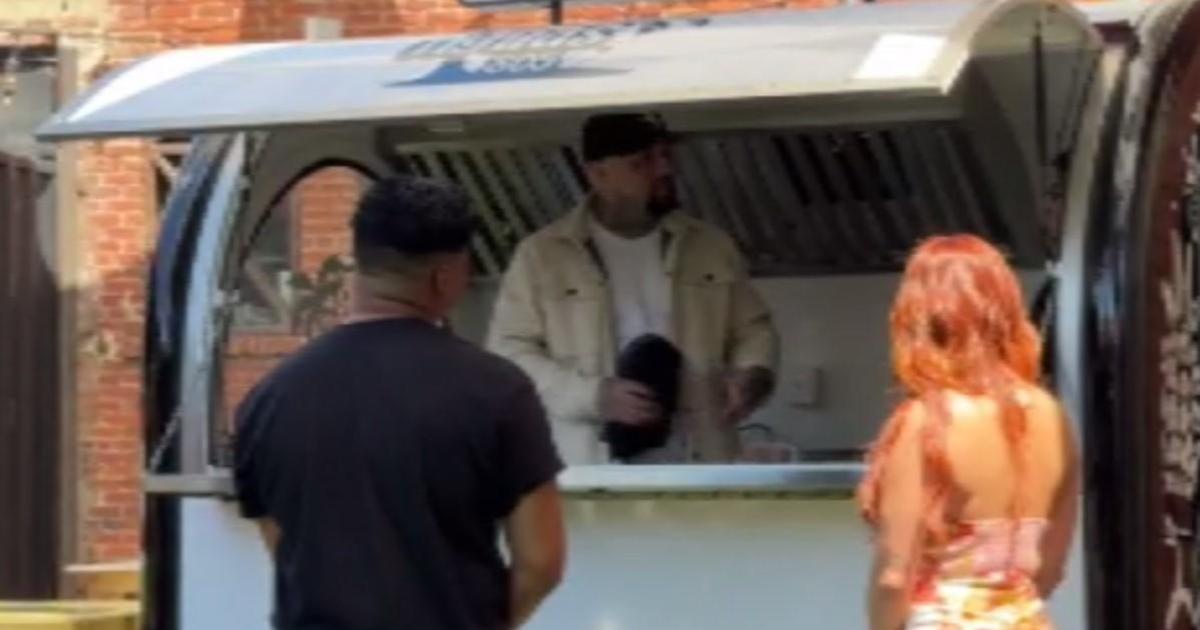10 Things You Didn't Know About The L.A. River
Millions of people drive past it and over it every year. The L.A. River was once a mighty river which was eventually controlled and reduced to a trickling stream. Today, although the L.A. River does not serve as the premier water source for L.A., it is still a very important part of the history of the city. Before most of it was paved over, it was a natural river which broke its banks more than once. What else don't you know about the river? We've delved into the rich history of L.A. to find out.
You may remember it from the scene in Terminator 2: Judgment Day when Arnold Schwarzenegger and John Connor (Edward Furlong) are forced down the L.A. River. Or, how about in the movie Chinatown? Those movies are just the tip of the iceberg though. L.A.'s concrete river is a dry path for most of the year making it the ideal setting for a movie. Other movies that have filmed in this scenic L.A. spot include Transformers, Point Break, Blue Thunder, Purple Rain, The Gumball Rally, and Cleopatra Jones
Without the L.A. River, it's safe to say that the original inhabitants might not have settled in Los Angeles. Water, as we all know, is the key to life, so it was key for the Tongva people. In those days, the river path was unstable and very unpredictable. The mouth of the river moved frequently from one place to another between Long Beach and Ballona Creek. We see it now as a river contained by concrete, but it was very important to the settling of Los Angeles hundreds of years ago. Until 1914, the L.A. River was actually the main source of water for residents, too.
3.) It's Pretty Long
The L.A. River starts in the Simi Hills and the Santa Susana Mountains and flows through Los Angeles County from Canoga Park in the San Fernando Valley. That's nearly 50 miles!
4.) No Recreational Activities.. Until 2013
Until 2013, residents and visitors were not allowed to take part in any recreational activities in the river at all. But, in 2013, things changed, and now fishing, kayaking and other water activities are allowed. Only part of it is open, but that's a start. There are two segments of the river that are open, including the Elysian Valley River Recreation Zone near Dodger Stadium and the Sepulveda Basin River Recreation Zone in the Valley. The public is now allowed to take part in fishing, walking, and using non-motorized boats like kayaks in the river.
5.) Parts Of The River Are Actually Unpaved
Yes, it's actually true! Parts of the L.A River are actually not a concrete slab with a trickle running through it. Specifically, the areas that have been revitalized like the flood-control basin in Van Nuys, the Glendale Narrows near Griffith Park and the end of the river in Long Beach are quite beautiful. Grab a kayak and enjoy what the L.A. River once looked like!
The need to control the River was ultimately what led to the River we see today. After the Los Angeles flood of 1938 where water topped the banks of the river and inundated much of L.A., Orange and Riverside counties, the U.S. Army Corps of Engineers began channelizing local streams and building flood control dams. As part of this, the Sepulveda Dam, Hansen Dam, Whittier Narrrows Dam and Prado Dam were constructed.
7.) The L.A. River Is Home To A Lot Of Wildlife
There's a reason why parts of the L.A. River were deemed safe to fish in recently. It's home to a variety of beautiful wildlife, including over 250 species of birds, and fish as well. From carp, and bass to tilapia, they all exist in the waters of the L.A. River. Fun fact: the last native fish to be caught in the river was in 1940. It was a trout.
8.) Tons Of Concrete
After the flood of 1938, it took a massive effort to make sure the L.A. River never exceeded its banks again and caused loss of life or damage to properties. In fact, it took 30 years, and 3.5 million barrels of concrete to turn the L.A. River from an uncontrolled river to one that was channelized. When it was finally finished, you could barely call it a river any more. Eventually, it was renamed the Los Angeles River Flood Control Channel.
9.) The City Doesn't Own Much A Good Chunk Of The River
Did you know that the River is not fully owned by the City of Los Angeles? In fact, The L.A. Times recently did a story which claims that about 15% of the river is actually privately owned by a majority of random owners like Warner Bros., the Southern Pacific Railroad, and the owner of the Smoke House restaurant in Burbank. It's said that from the river's headwaters in the Santa Susana and Santa Monica mountains to its mouth in Long Beach, that nearly a third of more than 500 parcels are privately owned. Some owners even tried to sell it, but desperately failed. No one wanted to buy a piece of it.
The L.A. River runs roughly 50 miles out of the San Gabriel Mountains, through 16 cities before it flows into the Long Beach Harbor. But, did you know that its the longest paved waterway in the world?

